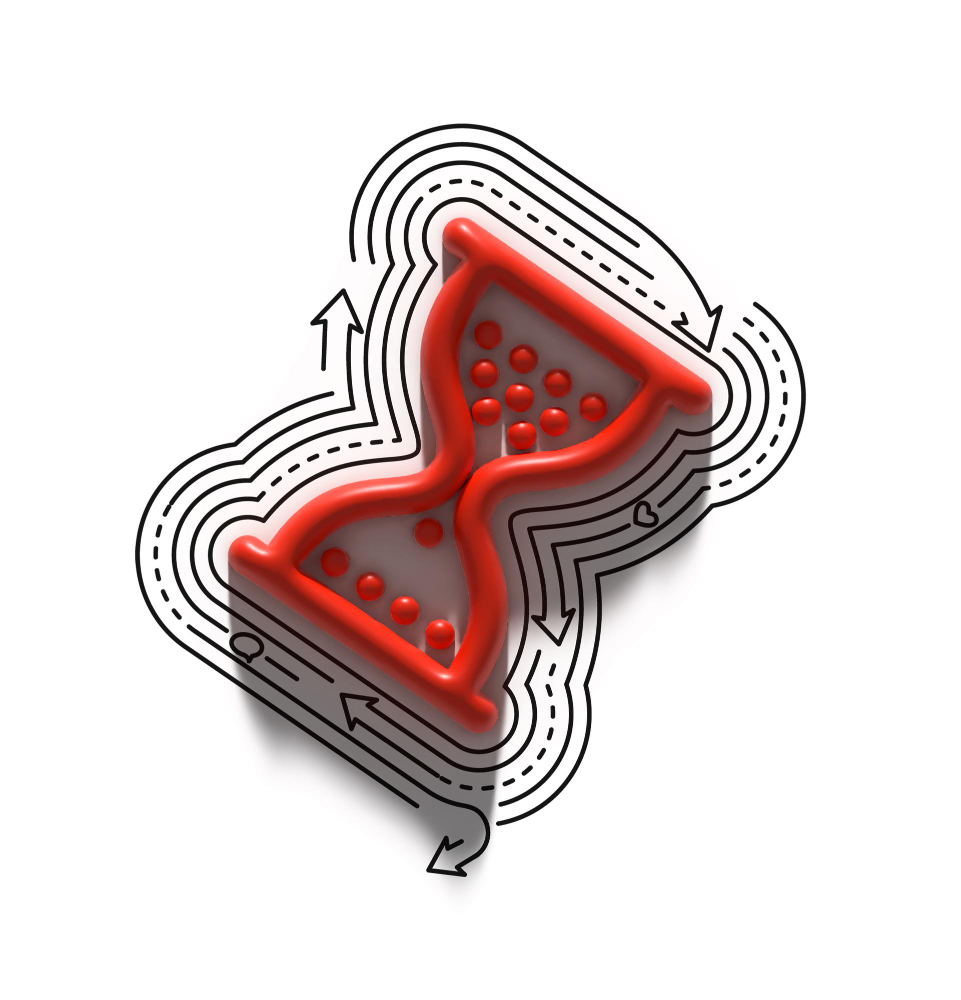In today’s fast-paced business world, companies are constantly looking for innovative ways to enhance productivity, improve employee satisfaction, and stay ahead of the competition. One such groundbreaking initiative is TaskUs’s “Time Warp” program—a unique approach to workforce management that blends flexibility, efficiency, and employee well-being.
But what exactly is Time Warp at TaskUs, and how does it transform the traditional work model? In this blog post, we’ll explore:
- What is Time Warp at TaskUs?
- How Does Time Warp Work?
- Benefits of Time Warp for Employees
- Impact on Business Productivity
- Why Other Companies Should Adopt Similar Models
- Challenges and Considerations
- The Future of Flexible Work at TaskUs
By the end of this article, you’ll understand why Time Warp is a game-changer in the outsourcing and BPO industry.
1. What is Time Warp at TaskUs?
TaskUs, a leading outsourcing and customer support company, introduced Time Warp as an innovative scheduling system designed to give employees more control over their work hours while ensuring business continuity.
Unlike traditional 9-to-5 shifts or rigid graveyard schedules common in the BPO industry, Time Warp allows employees to choose their working hours within a predefined range. This means:
- Employees can adjust their start and end times based on personal preferences.
- Teams operate in overlapping shifts to maintain 24/7 coverage for clients.
- Workers can maximize their productivity by working during their most energetic hours.
This model is particularly beneficial in global outsourcing, where companies serve clients across different time zones.
2. How Does Time Warp Work?
The Time Warp system is built on flexibility with structure. Here’s how it functions:
A. Core Hours & Flexible Windows
- Employees must be available during “core hours” (e.g., 4-6 hours of overlapping time for collaboration).
- Outside of core hours, they can choose when to start and finish their shifts, as long as they complete their required hours.
B. Shift Bidding & Preferences
- Workers can bid for preferred shifts based on seniority, performance, or team needs.
- AI-driven scheduling tools help balance workforce demand with employee preferences.
C. Remote & Hybrid Options
- Many TaskUs employees work remotely or in hybrid setups, making Time Warp even more effective.
- Digital tools like Asana, Slack, and workforce management software keep teams aligned.
D. Performance-Based Flexibility
- High-performing employees may get more scheduling privileges, incentivizing productivity.
This system ensures business needs are met while empowering employees.
3. Benefits of Time Warp for Employees
Why do TaskUs employees love Time Warp? Here are the key advantages:
A. Better Work-Life Balance
- Employees can schedule work around personal commitments (family, studies, side hustles).
- Reduces burnout by allowing rest during less productive hours.
B. Improved Mental Health
- Flexible schedules reduce stress and fatigue, especially for night-shift workers.
- Workers can align shifts with their natural circadian rhythms.
C. Increased Job Satisfaction & Retention
- Employees who control their schedules are more engaged and loyal.
- TaskUs has reported lower attrition rates since implementing Time Warp.
D. Enhanced Productivity
- People work better at their peak energy times (early birds vs. night owls).
- Fewer absenteeism issues since employees choose shifts they can commit to.
4. Impact on Business Productivity
From a business perspective, Time Warp isn’t just about employee happiness—it drives results.
A. 24/7 Coverage Without Burnout
- Clients get round-the-clock support without overworking employees.
- Shifts overlap naturally, ensuring smooth handoffs between teams.
B. Higher Quality Output
- Employees working at their optimal times deliver better performance.
- Fewer errors and higher customer satisfaction scores.
C. Attracting Top Talent
- Flexible scheduling is a major recruitment perk.
- TaskUs gains a competitive edge in hiring skilled professionals.
D. Scalability & Adaptability
- The model works for different time zones and client demands.
- Easier to scale operations up or down as needed.
5. Why Other Companies Should Adopt Similar Models
The success of Time Warp at TaskUs proves that flexibility is the future of work. Here’s why other companies should consider similar models:
Reduces turnover costs (training new hires is expensive).
Boosts employee morale and engagement.
Enhances customer service with happier, more productive teams.
Future-proofs businesses as Gen Z and millennials demand flexibility.
Companies like Google, Microsoft, and Salesforce have also embraced flexible work—showing that the traditional 9-to-5 is becoming obsolete.
6. Challenges and Considerations
While Time Warp is revolutionary, it’s not without challenges:
A. Scheduling Complexity
- Managing overlapping shifts requires strong workforce management tools.
- Teams must communicate effectively across different hours.
B. Ensuring Fairness
- Shift preferences must be allocated fairly (seniority vs. performance-based).
- Managers must prevent favoritism in scheduling.
C. Maintaining Accountability
- Remote and flexible work requires clear KPIs and tracking.
- Employees must stay disciplined despite flexible hours.
However, with the right systems, these challenges can be managed.
7. The Future of Flexible Work at TaskUs
As TaskUs continues to refine Time Warp, we can expect:
More AI-driven scheduling optimizations.
Expansion to other departments (beyond customer support).
Hybrid work models blending office and remote flexibility.
Global implementation across all TaskUs locations.
The success of Time Warp could inspire other BPOs and outsourcing firms to adopt similar models, reshaping the industry.
Final Thoughts: Is Time Warp the Future of Work?
TaskUs’s Time Warp is more than just a scheduling system—it’s a cultural shift that prioritizes employee well-being without sacrificing productivity.

